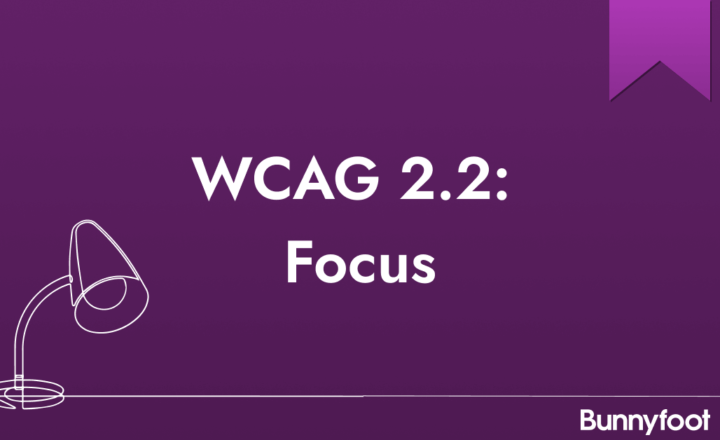The other day I read an interesting article on Business Insider’s website titled “Even The Illusion Of Progress Is Motivating”. The article centres around the goal gradient effect, and the findings could be useful for understanding what makes your customers tick within the realm of usability.
It focused on a study which tested two different designs of a coffee shop loyalty card: one (Card A) had 10 boxes for stamps all of which were blank, and one (Card B) had 12 boxes for stamps – two of which were pre-stamped. In both cases customers had to buy 10 coffees to get one free one, but the research found that customers using Card B filled their cards more quickly than customers using Card A. This is put down to the goal gradient effect, which states that you will accelerate your behaviour as you progress closer to your goal – which seems to be true even if the progress is an illusion and is only ‘perceived’ by the user.
This finding has uses within the world of UX. For example, financial services and utilities companies tend to have relatively long application forms with high dropout rates. In the example below, Progress bar A is a theoretical progress bar for a credit card application form. The illusion of progress could be used here in a similar way to the coffee shop’s loyalty card by including an already completed step (such as ‘summary info’ which is usually shown immediately before an application form) at the beginning of the progress bar (Progress bar B).
Progress bar A Progress bar BThe goal gradient could also be put into effect in application forms by allowing users to build up momentum in the early stages of an application form. For example, if an application form has a large number of questions on the first page (Form A), it may put users off if the progress bar informs them that they have several pages to complete after this one. However, if you ask this set of questions towards the end of the application process (Form B) the users will have built up momentum by quickly completing the pages with fewer questions first and so should be more inclined to complete this page and may even complete it more quickly in its new location. It should be noted that the application form should still ask questions in a logical order and grouping for the user!
Form A Form BSee also:
- Bunnyfoot training course: Designing for the human mind/ brain
- Bunnyfoot training course: Designing for persuasion
- Bunnyfoot blog post: Social proof – How your customers make decisions
- Econsultancy blog post: How to boost conversions by increasing motivation





